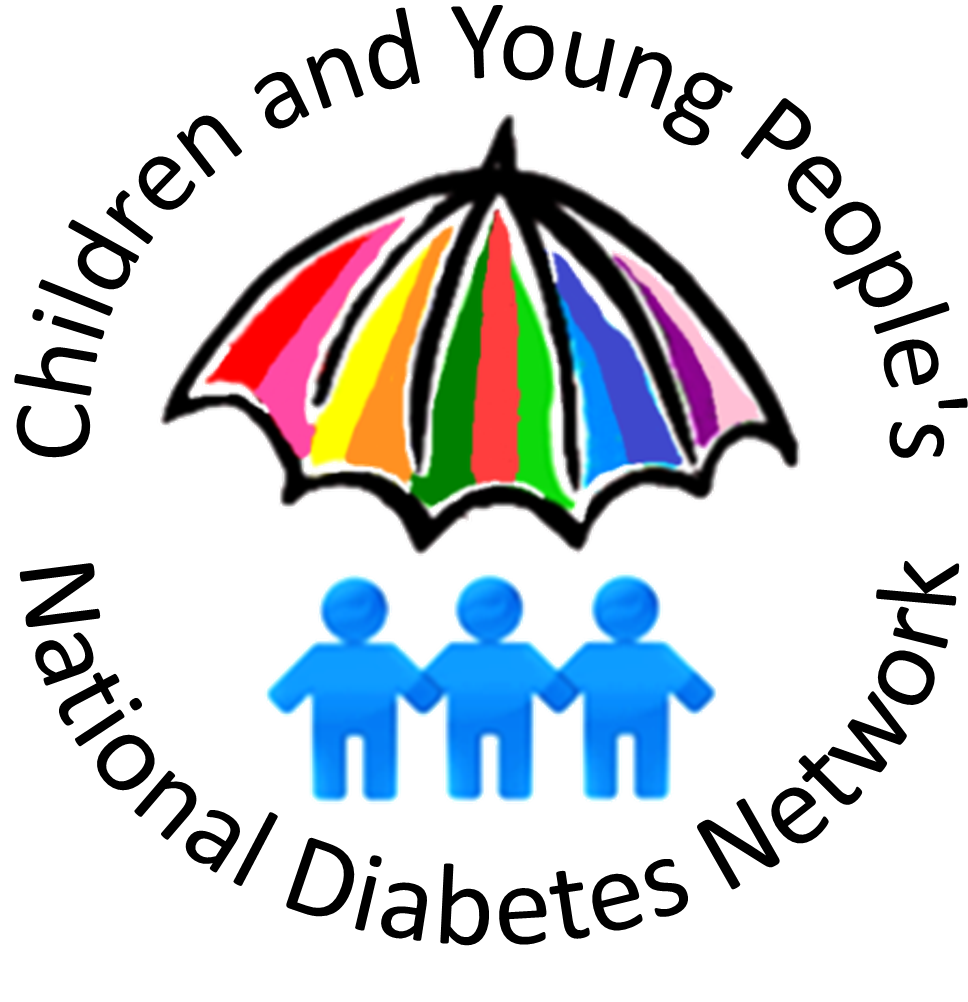Understanding DKA rates
NPDA – Report on Hospital Admissions 2015-20
The National Paediatric Diabetes Audit (NPDA) gathers data on diabetes in children and young people cared for in Paediatric Diabetes Units in England and Wales.
The NPDA Report on hospital admissions of children and young people with diabetes, 2015-20 analyses the DKA rate at diagnosis by combining information submitted from local units with HES/PEDW data on admissions.
This report shows that DKA at diagnosis in children aged under 16 years in England and Wales was steadily rising, from a rate of 29.3% in 2015/16 to a rate of 38.5% in 2019/20.
The report also gives a breakdown of the data by region, age, deprivation and ethnicity.
NPDA – Annual Reports
The NPDA annual reports provide information on DKA rates at diagnosis. This data is based solely on the information submitted by individual diabetes units to the audit. Unlike the Hospital Admissions report, the HES/PEDW data is not available for analysis. This means the rate of DKA at diagnosis will be underestimated if the data submitted by units is incomplete.
When comparing data between the 2015-20 Hospital Admissions report, and the NPDA annual reports, it appears that the DKA rates in the annual reports have significantly underestimated the total amount of DKA at diagnosis.
Examples:
- In 2019/20 the NPDA annual report estimated a DKA rate at diagnosis of 22.9% for England & Wales. The Hospital Admissions report gave a much higher rate of 38.5%.
- In 2019/20 the NPDA annual report estimated a DKA rate of 12.7% for the North West. The Hospital Admissions report gave a much higher rate of 35%.
We therefore recommend that diabetes networks and ICBs should use caution when using the NPDA annual reports for understanding their regional rates of DKA at diagnosis. As the Hospital Admissions report only contains data up to 2019/20, networks should consider other options for understanding their current rates.
Network data
This working group recommends that regional diabetes networks should have a system in place to understand their current rates of DKA at diagnosis. Strategies in place include:
-
-
-
- A regional diabetes registry
- Prospective audit – with data submitted by units for each newly diagnosed child
- Retrospective audit – units are asked to submit data for newly diagnosed children over the last 6 months
-
-
A basic audit may simply ask whether or not each child was in DKA when diagnosed with diabetes. For richer data, units may consider including the following questions:
-
-
-
- Hospital at which the child was diagnosed
- Date of diagnosis
- Location of diagnosis (at this hospital, at another hospital and transferred here)
- Sex
- Age
- Ethnicity
- DKA severity
- For children presenting in DKA, were there areas identified where different actions might have led to an earlier diagnosis?
-
- Family awareness of symptoms of diabetes
- Access to GP review
- Recognition of symptoms at GP practice
- Response to symptoms at GP practice
- Actions taken by ED team
- Actions taken by paediatric team
- None of the above
- No comment
-
- Free text comments (do not include sensitive or patient identifiable information)
-
-
Audits should be compliant with GDPR regulations.

